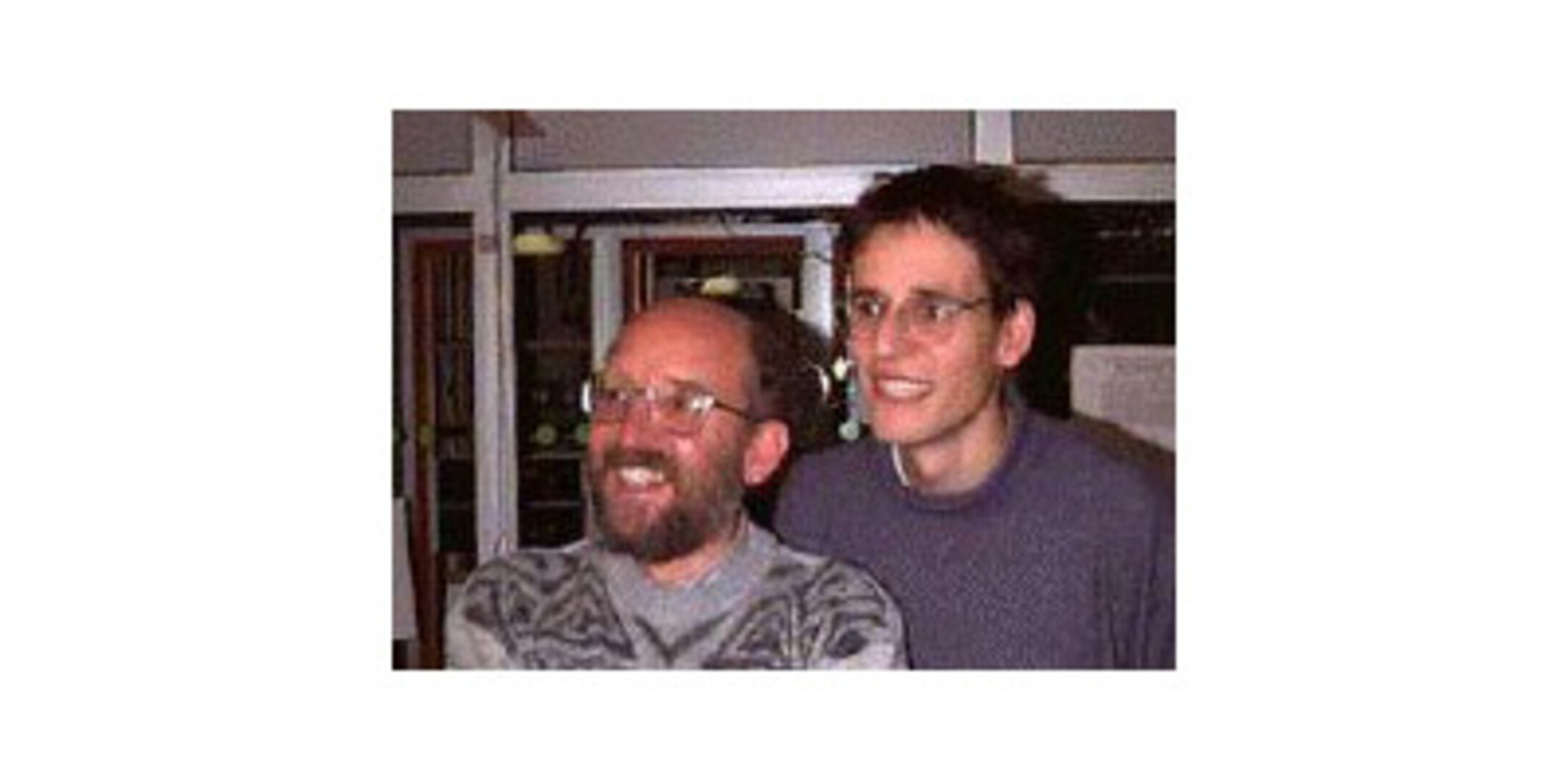Planet discoverer: An interview with Didier Queloz
Last year saw an amazing number of extrasolar planet discoveries, with an unprecedented number of 25 in one announcement alone.

Didier Queloz and his colleagues at the Observatoire de Genève, Switzerland, have found many of these new planets, and their discoveries include the most tantalising one yet: a planet that closely resembles Jupiter in our own Solar System. These findings bring astronomers another step closer to detecting an Earth-like world.
Queloz is a member of ESA's Scientific Advisory Group for its Darwin planet-search mission. On Friday 14 June 2002, Queloz previewed his latest work at ESA's European Space Research and Technology Centre (ESTEC) in the Netherlands.
ESA: Which new discoveries have you made?
Didier Queloz
We have found 12 new planets. Among them, a new multiple system and most excitingly, a planet very similar to Jupiter (the biggest planet in our Solar System) in the sense that it is about the mass of Jupiter and has a similar orbit. Such planets are called Jupiter analogues by planet hunters and have long been a goal of such searches. It takes 7 years to orbit its star whereas Jupiter takes 12 years (known as the orbital period). The radius of its orbit is about 3.7 AU and Jupiter's is 5.2 AU. (1 AU is the distance between the Earth and the Sun.and is about 150 million kilometres.) The key element, however, is that it has a circular orbit, not an elliptical one. This reminds us strongly of our own Solar System.
ESA: An American team found a larger planet at about the same distance from another star as Jupiter is from our own Sun. With your own Jupiter-like find, does this mean that planet-hunting has entered a new phase?
Didier Queloz
Yes, we are getting much closer to seeing solar systems like our own. The first planets we detected were the ones with short periods, completing an orbit in just a few days. They were the easiest to detect because they give the largest signals. Long-period planets take many years to complete a single orbit and you have to track them for a whole orbit. We have been following this one from the beginning (nearly a decade). They also require better sensitivity. This new planet makes its star move by just 17 metres every second compared to 59 metres per second for the first planet we detected in 1995. Now that we can see long-period planets, we can check for multiple planets in systems already known to contain a single planet and also look for Jupiter analogues that may indicate solar systems like our own. In this way, we can build up a more complete picture of the variety of planetary systems.
ESA: What does the future hold for European planet searches from the ground?
Didier Queloz
The future is great. We are building a new instrument for European astronomers with the European Southern Observatory (ESO). This instrument is called HARPS and will be installed on the 3.6 metre telescope in La Silla in Chile. Compared to what we are doing today, HARPS will be about 100 times more efficient, allowing us to reach sensitivities of about 20-30 centimetres per second. We are planning to test it in the laboratory in one month's time and we have commissioning time scheduled on the telescope in February next year.
ESA: How important are ESA's space-based planet search missions?
Didier Queloz
They are essential. To me, the Eddington mission is really the next step because it is the only way to reach Earth-like systems. Eddington will use the transit method and detect the drop in a star's light, caused by a planet orbiting in front of it and if you want to get enough accuracy to detect the transit of an Earth-sized world you need to go into space. Eddington will detect ten or a hundred times more planets than we can from the ground. Then Gaia will open another window because it should detect something like ten thousand planets. This is a crucial next step after Eddington because if you look at the past history of stellar astrophysics, people start to understand what is going on only when they can study a few thousand examples of celestial objects.
ESA: The Darwin mission will attempt to take pictures of Earth-like worlds and analyse their atmospheres for signs of life. What do you consider are its chances of success?
Didier Queloz
ESA's Darwin is a fantastic project for me because, behind all of this planet quest, is this question of life on other worlds. I am optimistic. Why should Earth be a kind of strange system with life? If we try to look for other intelligence, however, then I think they might be rare; perhaps there is only one civilisation per galaxy. But for basic life, I'm sure it has to be there. So, Darwin is very likely to be successful.















 Germany
Germany
 Austria
Austria
 Belgium
Belgium
 Denmark
Denmark
 Spain
Spain
 Estonia
Estonia
 Finland
Finland
 France
France
 Greece
Greece
 Hungary
Hungary
 Ireland
Ireland
 Italy
Italy
 Luxembourg
Luxembourg
 Norway
Norway
 The Netherlands
The Netherlands
 Poland
Poland
 Portugal
Portugal
 Czechia
Czechia
 Romania
Romania
 United Kingdom
United Kingdom
 Slovenia
Slovenia
 Sweden
Sweden
 Switzerland
Switzerland

























